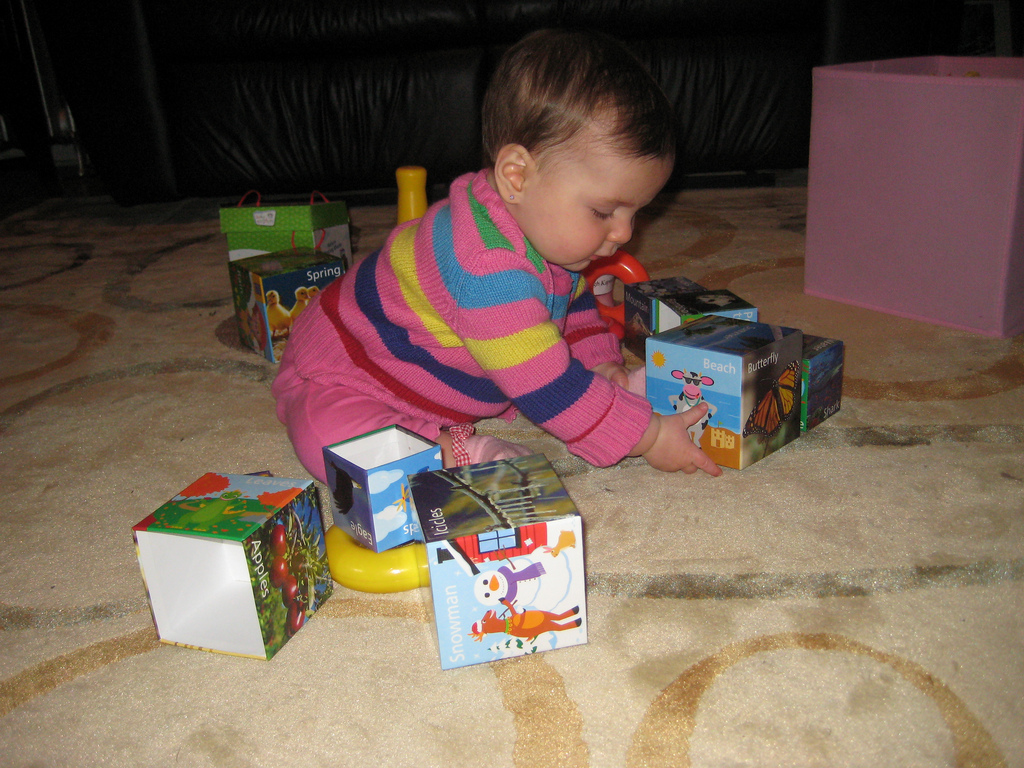In the first three years of life, relationships with responsive and reciprocal adults are essential and are considered the building blocks of healthy development. These types of relationships help infants and toddlers make sense of the world and take in all of the information that is coming at them. They are able to assimilate and understand it better, and these types of caregivers provide predictable responses that the children come to trust. Social competence, emotional development and academic learning are all fostered when infants and toddlers have responsive and reciprocal relationships with adults. But in order for this to happen appropriately, the caregivers must not only understand the children in front of them, but also how to appropriately respond to and care for them. Infants and toddlers deserve care and education that is respectful, responsive and reciprocal.
- To be respectful is to respect the infants and toddlers’ needs, their space and their communications. Adhering to specific needs is especially important for infants, who lead the way in these interactions. Overall, infants and toddlers tell us what they need and then it’s our job to respond to it appropriately.
- To be responsive is to respond to infants and toddlers actions, emotions, communications and needs. This is especially true for infants because they cannot fulfill their own needs. Toddlers can begin to respond to their own needs with your guidance.
- Reciprocal means to have “synchronous interactions.” In these interactions caregivers respond to infants and toddlers and then await their response to you. Think of it like a “dance” of back and forth interactions and communications between caregiver and child. These types of interactions give infants and toddlers a sense of security in their classroom environment, and they come to trust their caregivers and the environment. The children know that they are being cared about as much as they are being cared for, which is an important feeling for their emotional security.
Picture that you are a baby and you are playing on the floor. Suddenly someone grabs you from behind and next thing you know, you are flying through air to the changing table. You are plopped down and wondering “how did I get here?” or “what are we doing?” How do you think that baby feels? Well I’ll tell you – not so good. Always remember that you don’t want any “babies flying through the air.” It sounds silly, but it will help you remember when you are about to grab an infant or toddler and “do” something to them without preparing them. Always tell infants and toddlers what you are about to do to them or with them. Let them know what is going on so they can be ready and trust you and your actions. This is very respectful and comforting. So as they are lifted up and carried somewhere, they at least know where they are going and what is about to happen. They also see that you understand and are responding to their needs (changing, hunger, etc…). And remember to respond to what they need, not what you think they need. This may require some troubleshooting by you as the caregiver, but find out exactly what they need.
References:
Gonzalez-Mena, J., & Eyer, D. W. (2011). Infants, toddlers, and caregivers: A curriculum of respectful, responsive care and education (9th ed.). New York, NY: McGraw-Hill.
